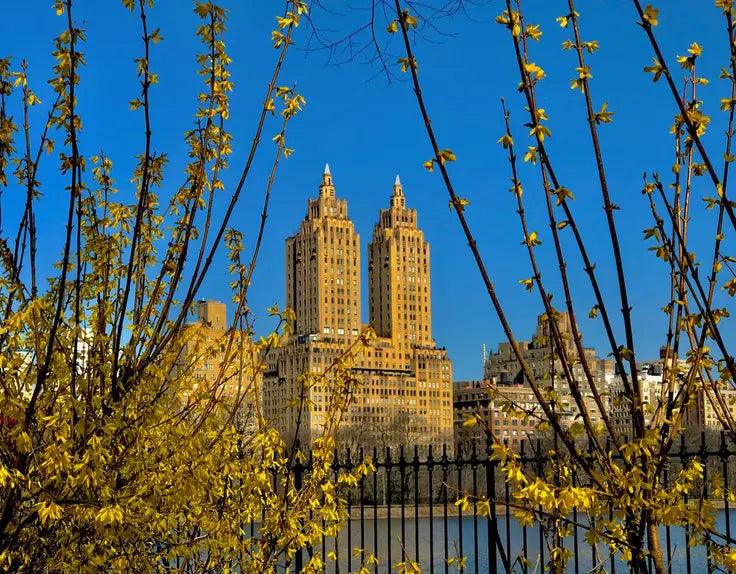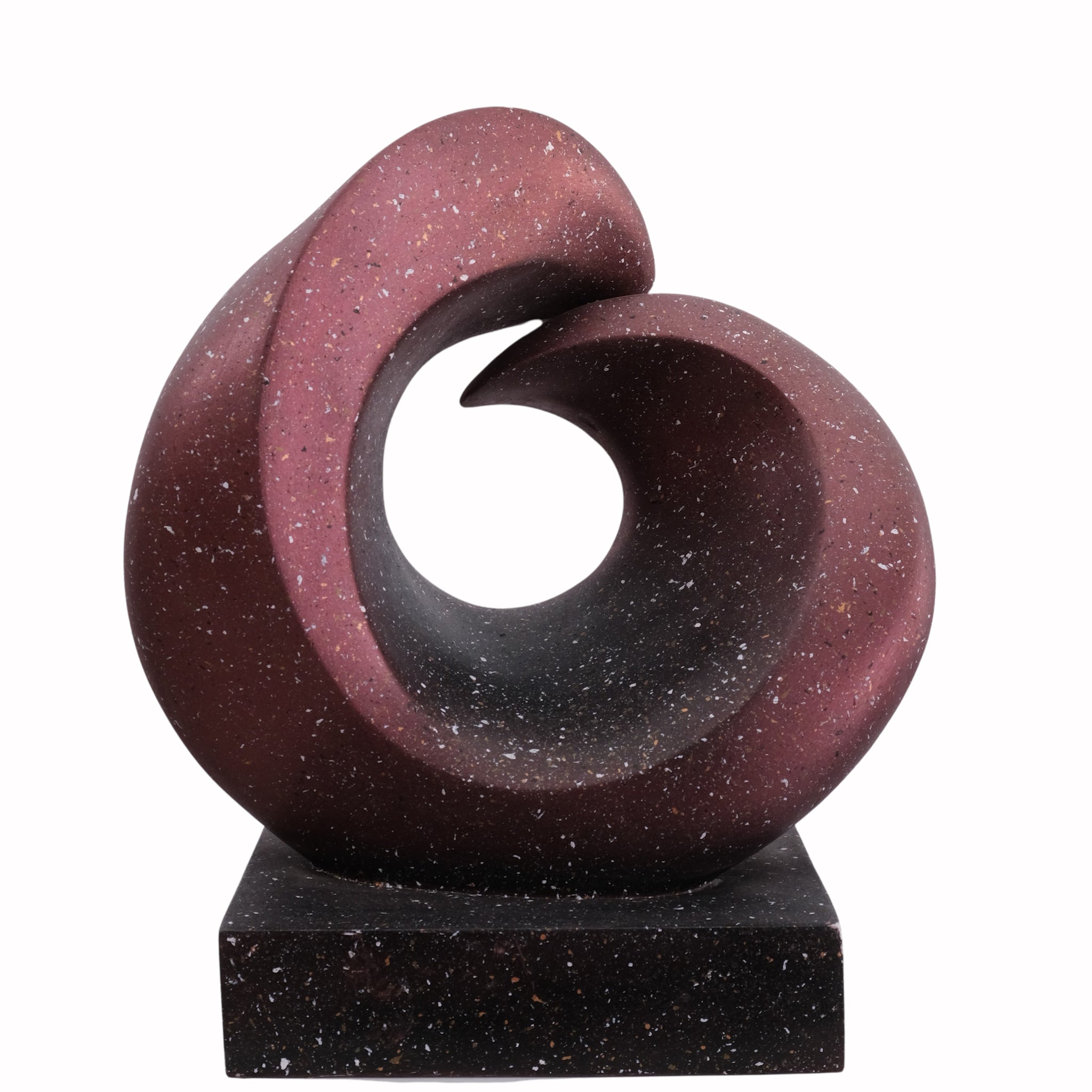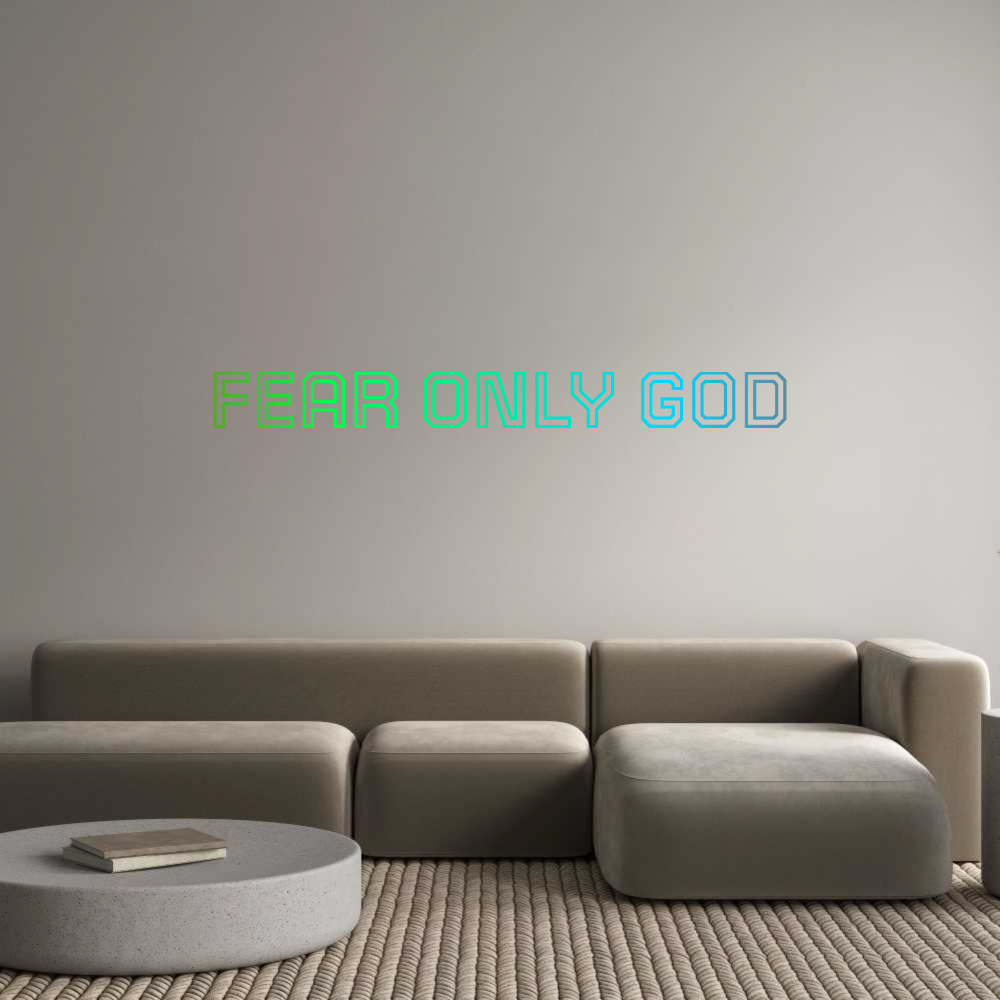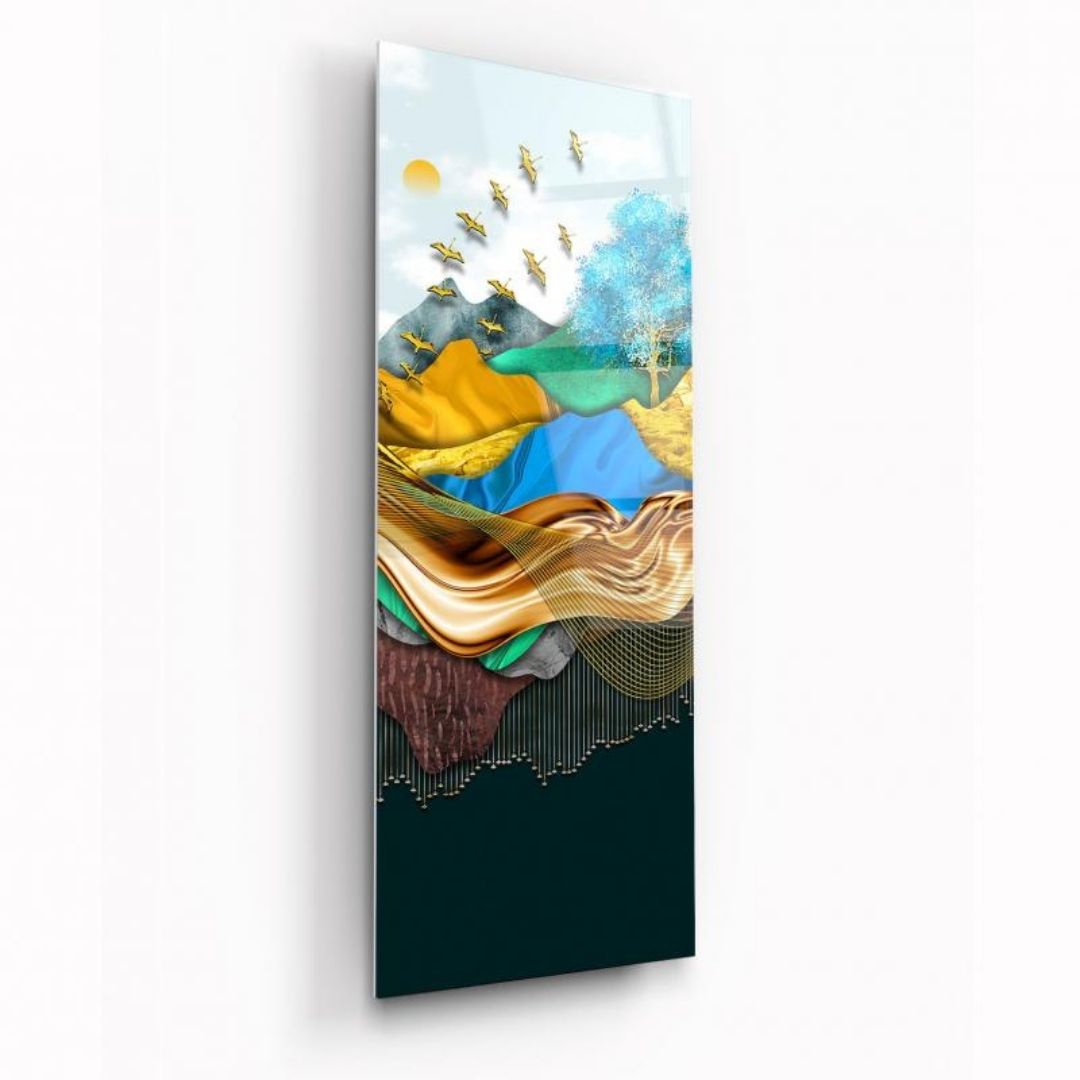
Art Deco architecture is a design style that emerged in the early 20th century and captivated the world with its bold geometric shapes, lavish ornamentation, and glamorous allure. This architectural movement, which originated in Europe, quickly spread its influence across the globe, leaving an indelible mark on the skylines of major cities. The timeless elegance of Art Deco lies in its ability to blend modernity with classicism, creating structures that are both visually stunning and functional.
The Origins and Characteristics of Art Deco
The roots of Art Deco can be traced back to the Exposition Internationale des Arts Décoratifs et Industriels Modernes, held in Paris in 1925. This event showcased a new design aesthetic that rejected the ornate and intricate styles of the past in favor of clean lines, simple forms, and an emphasis on bold symmetry. The characteristics of Art Deco architecture include geometric patterns, streamlined shapes, and the use of luxurious materials like marble, chrome, and glass.
Exploring Art Deco Interior Design

Art Deco interior design is an extension of the architectural style, incorporating the same principles of elegance and modernity. This design movement embraces opulence and sophistication, with a focus on creating spaces that exude glamour and luxury. In an Art Deco interior, you can expect to find rich colors, geometric patterns, and exquisite detailing. Furniture and fixtures are often sleek and streamlined, with a mix of materials such as lacquer, velvet, and metal. The result is a space that feels both stylish and comfortable, a perfect balance between form and function.
Art Deco: A Design Movement of the 1920s

The 1920s were a time of great social and cultural change, and Art Deco emerged as a response to the rapid modernization and urbanization that characterized the era. This design movement represented a departure from the ornate and elaborate styles of the past, instead embracing simplicity, functionality, and technological progress. Art Deco architecture and design became synonymous with the glitz and glamour of the Roaring Twenties, reflecting the optimism and exuberance of the time.
The Art Deco Period: Influence and Legacy

While the Art Deco period was relatively short-lived, its influence can still be seen in the architecture and design of today. The iconic skyscrapers of cities like New York and Chicago, with their sleek lines and decorative motifs, are a testament to the lasting impact of Art Deco. The legacy of this design movement extends beyond architecture, influencing everything from fashion to furniture design. Art Deco continues to inspire designers and artists, reminding us of the enduring power of its timeless elegance.
Colors and Materials Used in Art Deco Architecture

Art Deco architecture is characterized by a bold and vibrant color palette, with strong contrasts and rich hues. Deep blues, emerald greens, and striking reds are often used to create a sense of drama and luxury. These colors are complemented by the use of materials such as marble, terrazzo, and polished metals, which add a sense of opulence and grandeur to Art Deco buildings. The combination of color and material choices in Art Deco architecture creates a visual impact that is both striking and sophisticated.
Incorporating Art Deco Elements into Your Home Decor

If you are captivated by the timeless elegance of Art Deco architecture, you can incorporate elements of this design style into your own home decor. Start by selecting furniture and accessories with clean lines and geometric shapes. Look for pieces made from materials like lacquer, glass, and metal to add a touch of Art Deco glamour. Use bold colors and patterns in your textiles and wall coverings, and don't be afraid to mix and match different textures. By incorporating these elements, you can create a space that exudes the sophistication and allure of Art Deco.
The Impact of Art Deco on Graphic Design

Art Deco not only influenced the world of architecture and interior design but also had a significant impact on the field of graphic design. The bold geometric shapes, stylized typography, and strong visual elements of Art Deco are still celebrated and emulated by designers today. From posters to advertisements, the influence of Art Deco can be seen in the world of graphic design, adding a touch of elegance and glamour to visual communication.
Modern Art Deco Interior Design: A Contemporary Twist

While Art Deco architecture and design have their roots in the 1920s, there is a growing trend towards incorporating these elements into modern interior design. Contemporary interpretations of Art Deco blend the classic elegance of the past with a fresh and modern sensibility. This fusion of old and new creates spaces that are both timeless and relevant, embracing the enduring allure of Art Deco while adapting it to the needs and tastes of the present.
Conclusion: The Timeless Elegance of Art Deco Architecture

Art Deco architecture continues to captivate and inspire with its timeless elegance and striking visual appeal. From the iconic skyscrapers of the past to the contemporary interiors of today, this design style has left an indelible mark on the world of architecture and design. Whether you are drawn to the opulence of Art Deco or the clean lines of its geometric forms, there is no denying the enduring power and beauty of this architectural movement. So, why not embrace the timeless elegance of Art Deco and bring a touch of glamour and sophistication into your own space?








Leave a comment
All comments are moderated before being published.
This site is protected by hCaptcha and the hCaptcha Privacy Policy and Terms of Service apply.